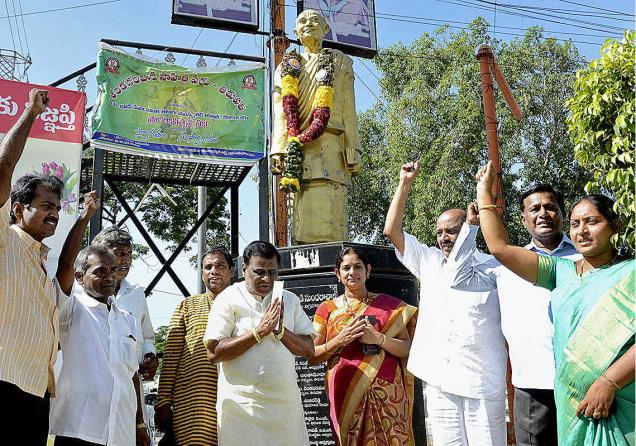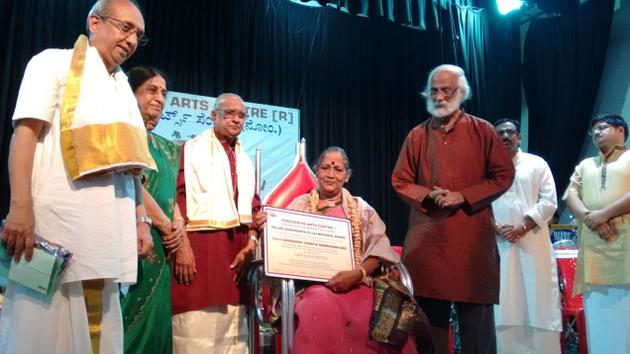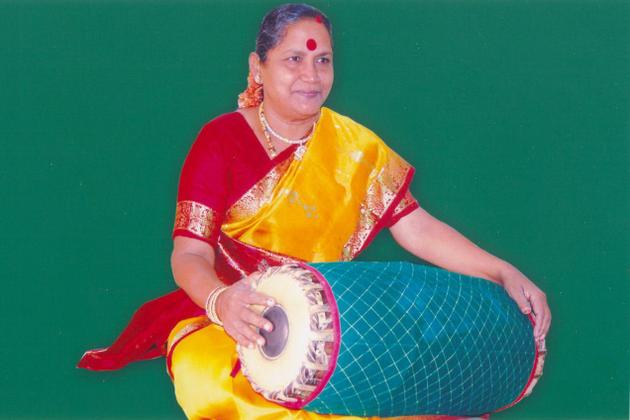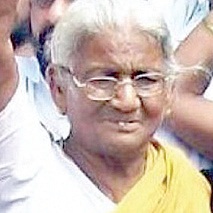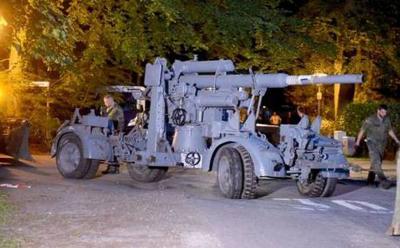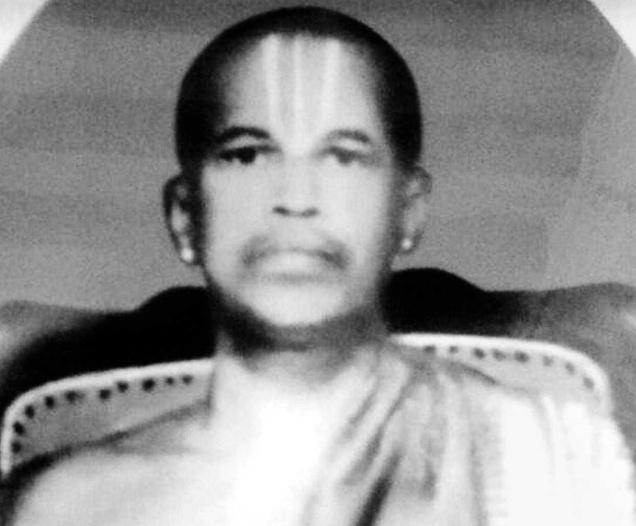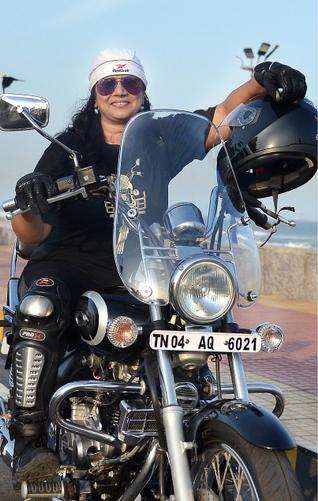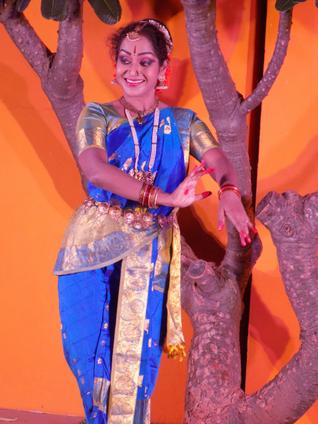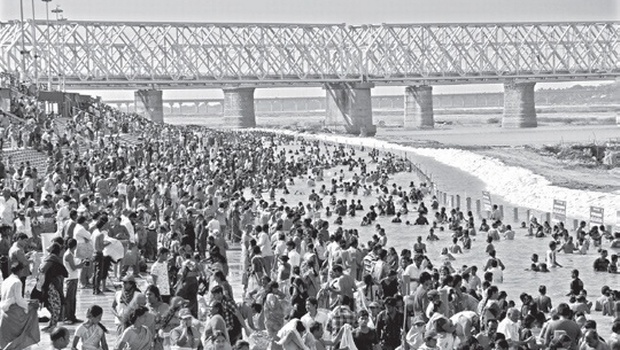
Vijayawada :
An estimated five lakh pilgrims took the holy dip in Krishna, as the much-awaited 12-day Krishna Pushkaram began Friday. It was quite a small crowd contrary to the official expectations of more than 15 lakh on the first day of the river fete. The thin turnout is attributed to overzealous policemen and Varalakshmi Vratam.
As the day wore on, the police went into an overdrive, restricting the movement of vehicles. Only pedestrians could reach the ghats as 18 drones hovered above, recording pilgrim movement.
As the day dissolved into night peacefully, the officials heaved a sigh of relief. All through the day, they had been on the edge, fearing a repeat of last year’s stampede at Godavari Pushkaram which claimed 29 lives. The district administration expects that 3.5 crore people could take the holy dip in Krishna during the next 11 days. The ghats in Krishna, Guntur and Kurnool witnessed a steady flow of pilgrims since morning. There was no jostling anywhere. But tragically, a six-year-old boy, A Kiran Kumar, drowned in the river at the Padmavathi Ghat in Vijayawada.
A 51-year-old constable on Pushkaram duty, U Venkata Rao, also died when he was hit by a speeding car at Gudavalli near Vijayawada. The boy was a native of Vijayawada. He was playing with his friends, when he drowned. The constable, a native of Kadapa, was on his way to Vijayawada when he met with the accident.
Earlier, CM N Chandrababu Naidu, accompanied by his wife, took the holy dip at the Durga ghat. Later, he reiterated his intention to interlink all rivers in the state. “Water sustains life and keeps the economic activity going. I want to ensure that the people have access to water for all their needs,” Naidu said.
Despite publicity, the crowds were thin not only in Vijayawada but also in Guntur and Kurnool.
source: http://www.newindianexpress.com / The New Indian Express / Home> States> Andhra Pradesh / by S Guru Srikanth / August 13th, 2016
